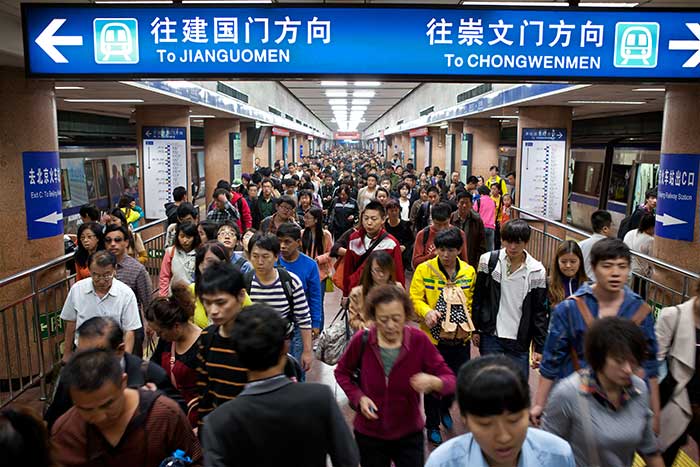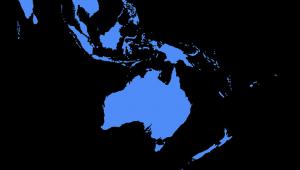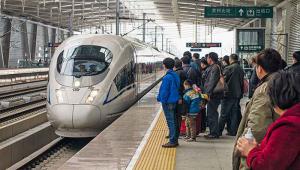web_overpopulatedchina_shutterstock_160777040.jpg

A bumpier than expected transition to a more sustainable, slower economy in China is one of many risks that could threaten the regional economy's outlook, the fund said.
As many of the world’s other economic regions fall short of their potential, overall Asia and the Pacific’s forward march seems comparatively undisturbed.
The fund said the region’s economy had seen an uptick in the second quarter of 2016, and predicts a solid 5.4% and 5.3% GDP growth for this year and the next.
But Changyong Rhee, director of the IMF’s Asia and Pacific Department, warned that Asia, which contributes around 60% of total global growth, “could be weighed down” by factors including China’s transition to a more sustainable but slower growth model, and an uneven global recovery.
“Strong growth masks a number of fault lines and vulnerabilities,” said the fund, warning that Asia still has to navigate the same hazards as the rest of the world.
Asia is also plagued by low trade growth, and the persistent weakness in advanced economies could affect this. Other negative spillovers could potentially stem from a US interest rate hike or a bumpier-than-expected transition in China, for example.
The fact that growth in the region varies widely is also cause for concern, the fund continued.
While India “remains a regional and global dynamo”, with growth forecasts of 7.6%, Japan’s growth is projected to be 0.5% this year – a slight upwards revision on April’s prediction, largely driven by fiscal stimulus.
Stronger fiscal impetus is also driving growth in China, anticipated to reach 6.6% this year before slowing to 6.2% in 2017 in line with its shifting economic focus. Medium-term growth for the country has also been revised downwards to 5.8%, to reflect “rising vulnerabilities and slower progress on reining in credit growth”.
Growth in Korea, Australia and New Zealand is expected to continue at a “relatively firm pace”, the fund said, and “stable” for members of the Association of South-East Asian Nations in 2016 before rising “modestly” next year.
But the fund warned that the prospects for many emerging markets in the region depend in part on external developments, given their high exposure to global trade and finance.
It called for growth-supporting monetary and fiscal policies, and structural reforms to both reduce Asia’s vulnerability and ensure growth is more inclusive.













